Enhancing Soft Skills for DevOps Engineers: Essential Non-Technical Skills to Thrive
Priority Time and Capacity Management
Section Agenda
Welcome to this comprehensive guide on priority, time, and capacity management tailored for DevOps professionals. I’m Michael Forrester, and in this lesson we’ll break down strategies to optimize your workflow and align with stakeholder goals. Here’s what we’ll cover:
1. Pre-Assessment
Begin by measuring how effectively you manage priorities, time, and capacity. The results will help you identify strengths and areas for growth.
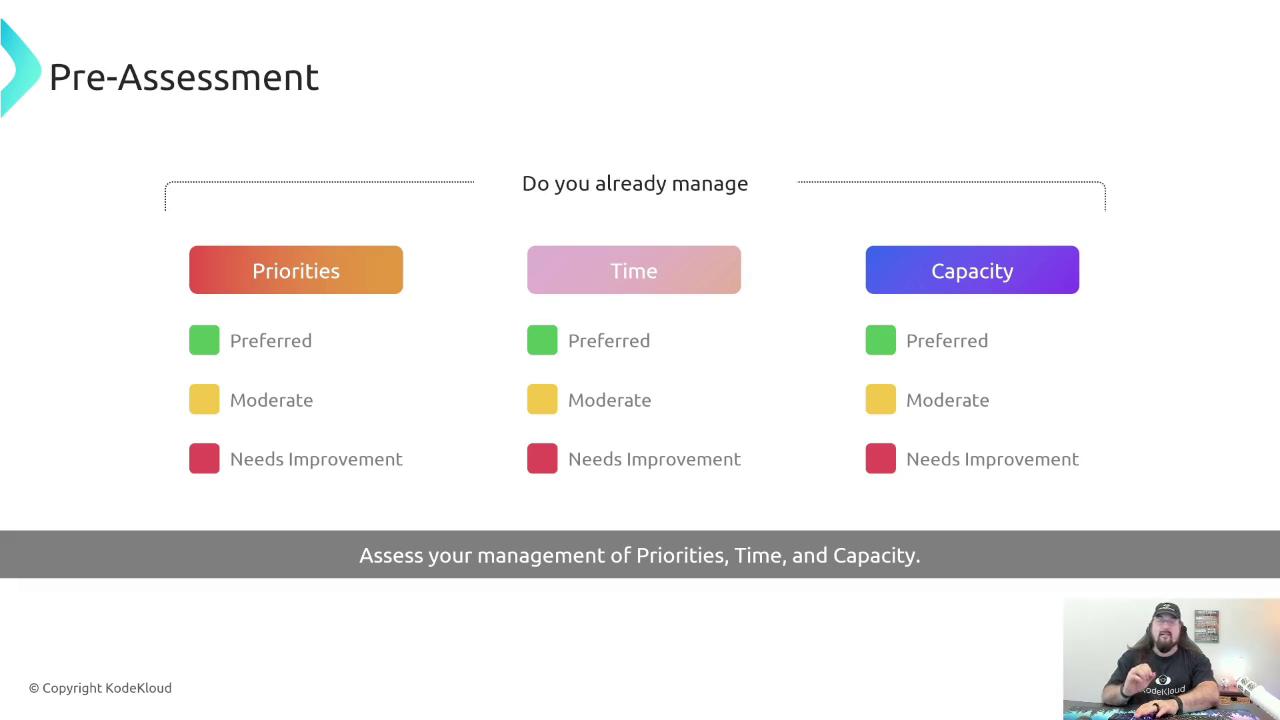
Note
Completing the pre-assessment baseline lets you track progress as you apply new techniques.
2. The Art of Prioritization
Mastering prioritization is essential in a fast-paced DevOps environment. You’ll learn to:
- Identify high-impact tasks that deliver maximum value
- Balance stakeholder expectations
- Adapt to shifting priorities with proven frameworks
| Technique | Use Case | Reference |
|---|---|---|
| 80/20 Rule | Focus on the 20% of tasks driving 80% of outcomes | Pareto Principle |
| Eisenhower Matrix | Separate urgent vs. important tasks | Eisenhower Matrix |
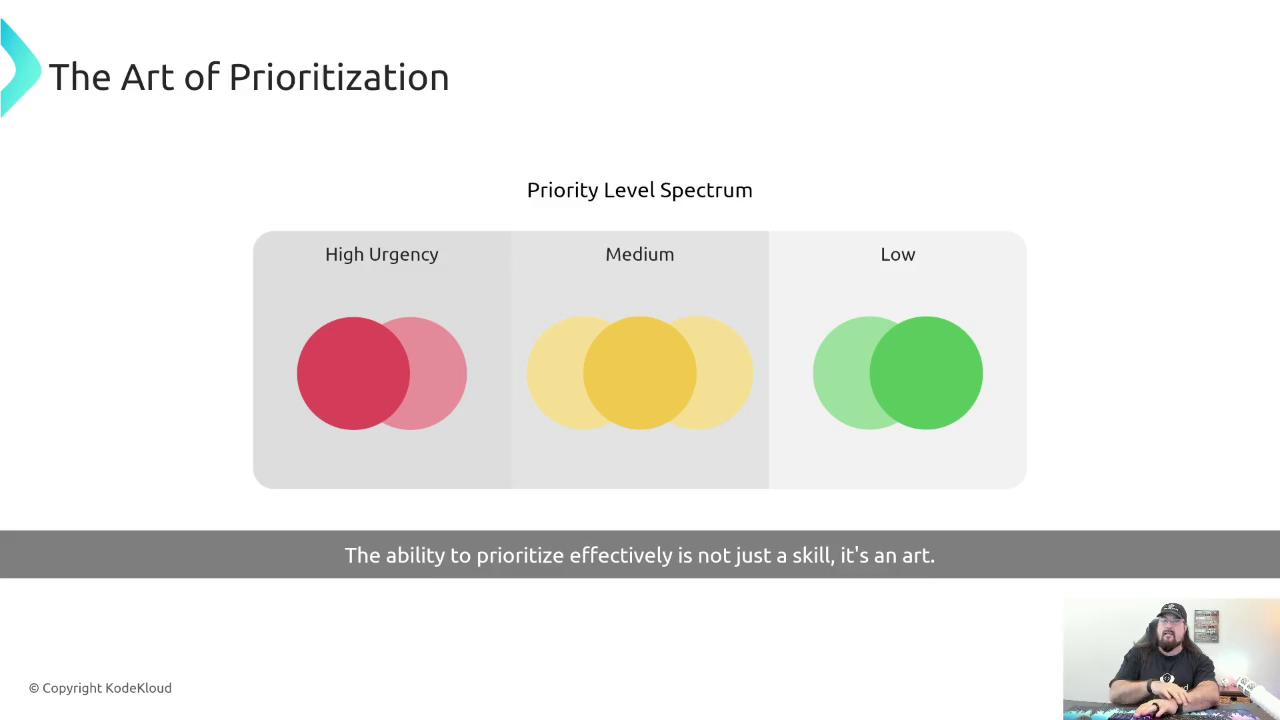
3. The Science of Time Management
Efficient time management isn’t just about doing more—it’s about doing the right things better. In this section, we’ll cover:
- Scheduling techniques and tooling
- Tracking estimates versus actual durations
- Iterating on your process for continuous improvement
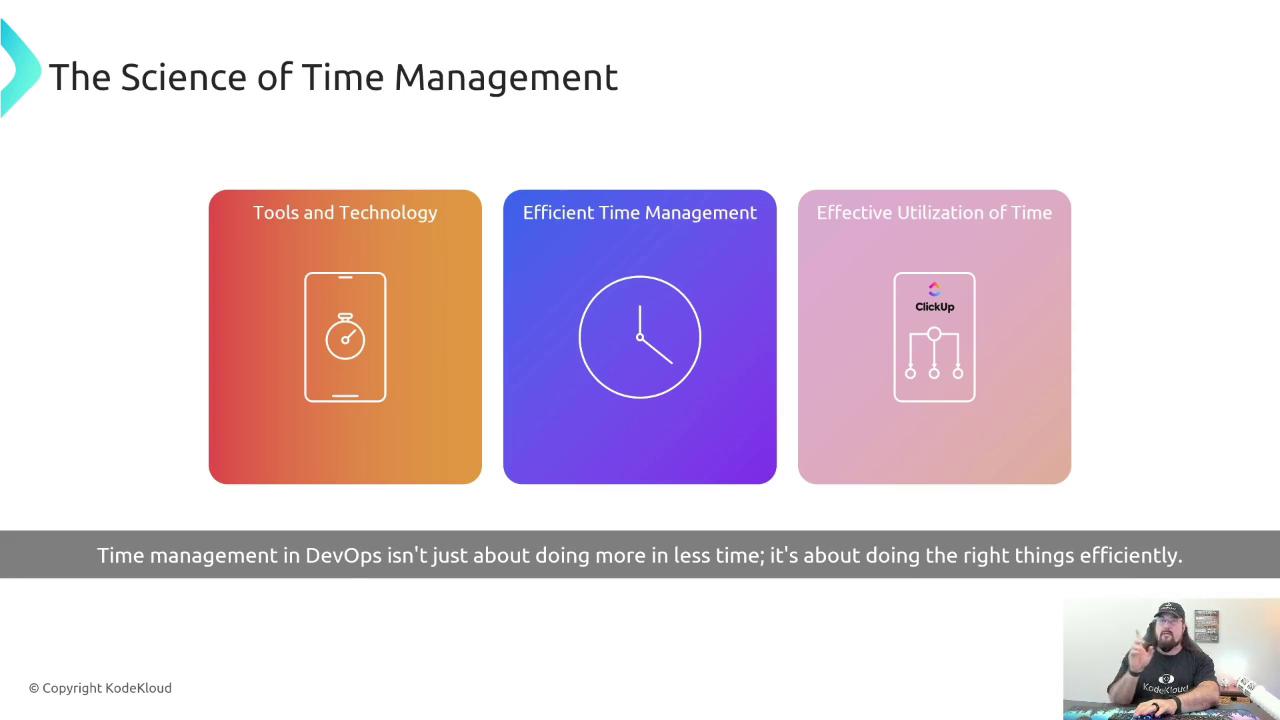
Warning
Underestimating work durations can lead to missed deadlines and team burnout. Always include a buffer for surprises.
4. The Magic of Capacity Planning
Capacity planning ensures you and your team can handle current and future workloads without overcommitment. You will learn to:
- Size tasks over different time horizons
- Assign clear ownership
- Manage uncertainty with data-driven adjustments
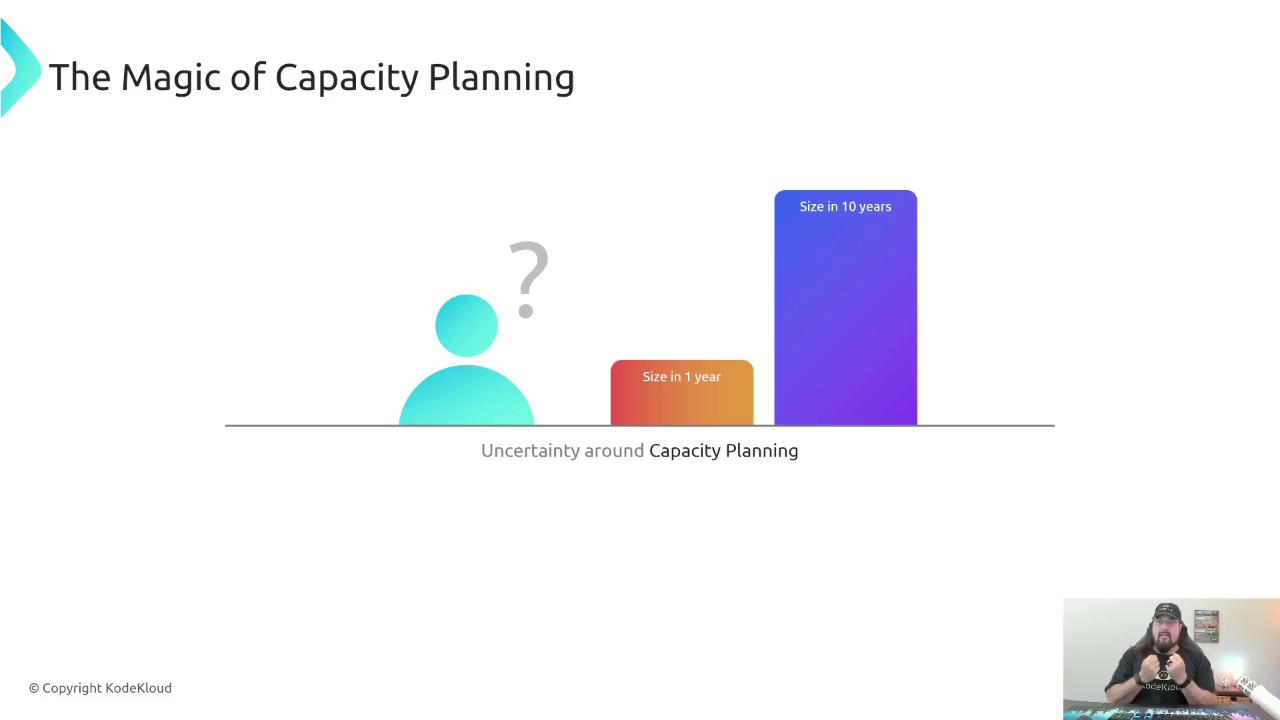
5. Scenario Case Studies
Put theory into practice with real-world workflows. You’ll observe how teams:
- Introduce new tasks
- Assess their impact
- Reprioritize work
- Achieve successful resolution
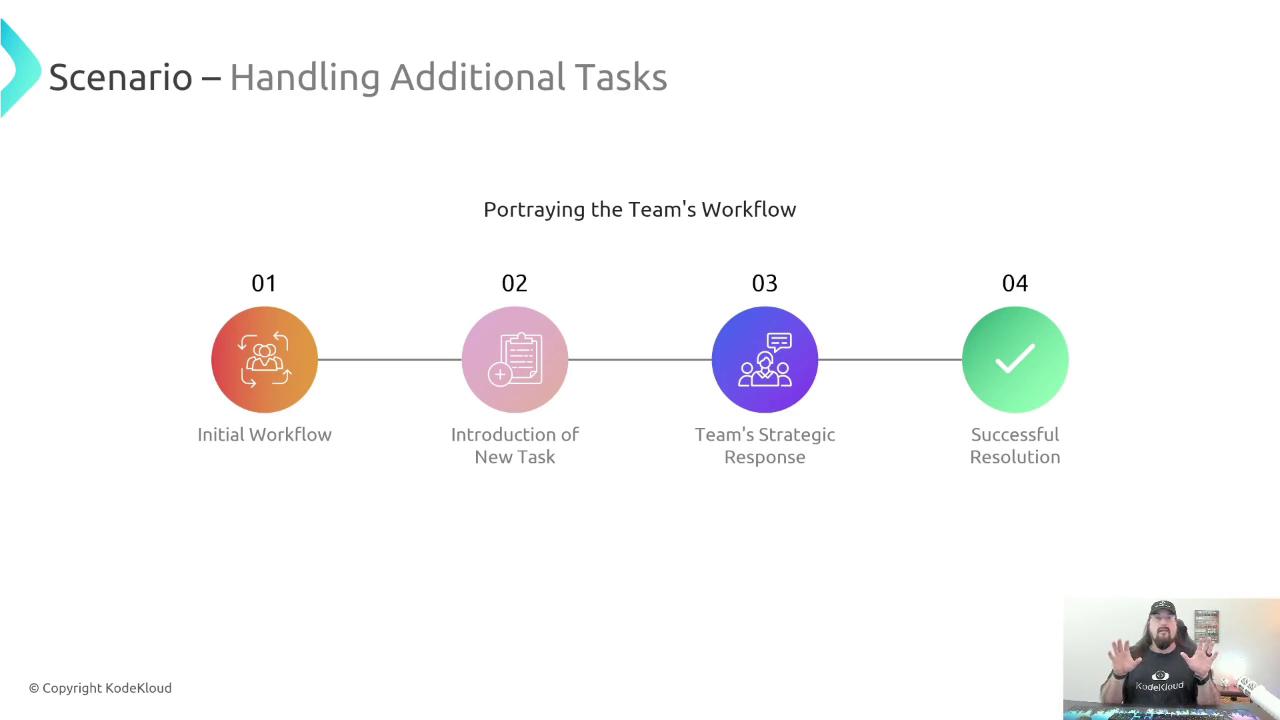
Summary & Key Takeaways
- Pre-Assessment: Benchmark your current practices
- Prioritization: Apply the 80/20 Rule and Eisenhower Matrix
- Time Management: Use tracking tools and buffer estimates
- Capacity Planning: Size work, assign ownership, and adjust for uncertainty
- Real-World Scenarios: Test and refine your approach under changing conditions
Effective priority, time, and capacity management ensures that your deliverables align with stakeholder expectations—whether you’re in interrupt-driven firefighting or focused project work.
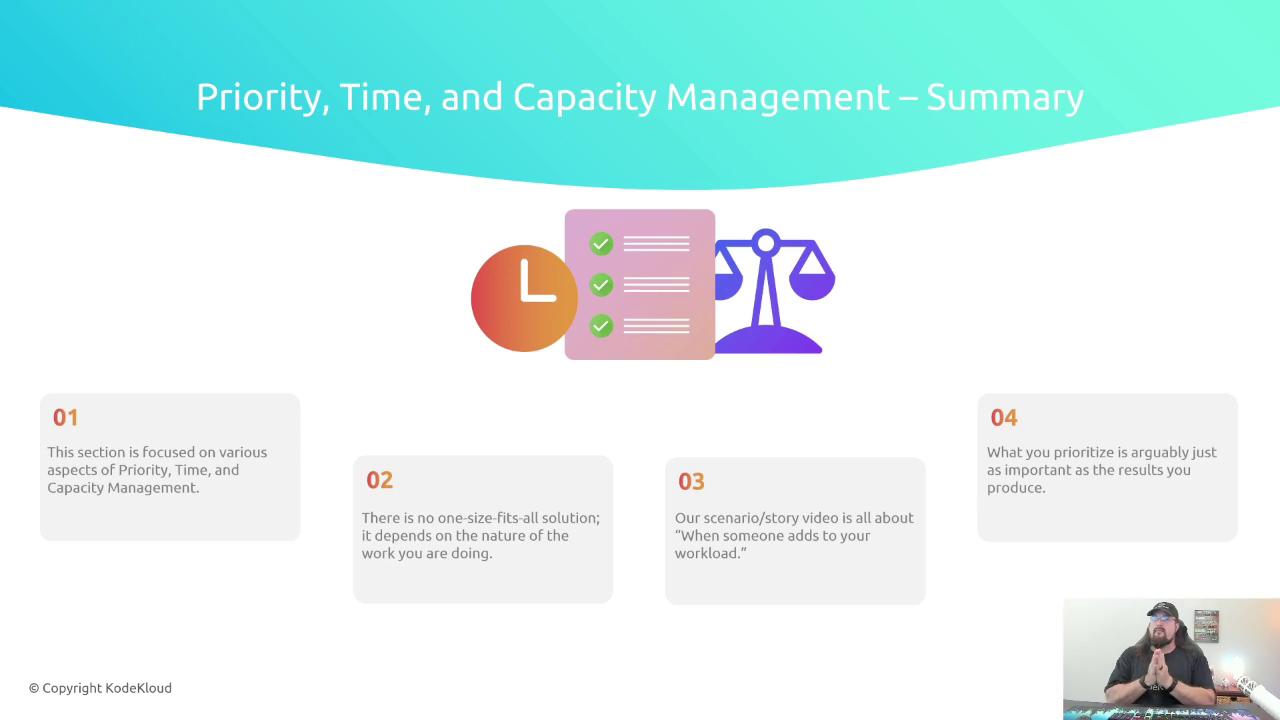
Further Reading
Thanks for following along—see you in the next lesson!
Watch Video
Watch video content